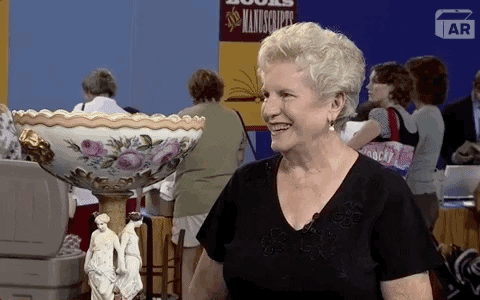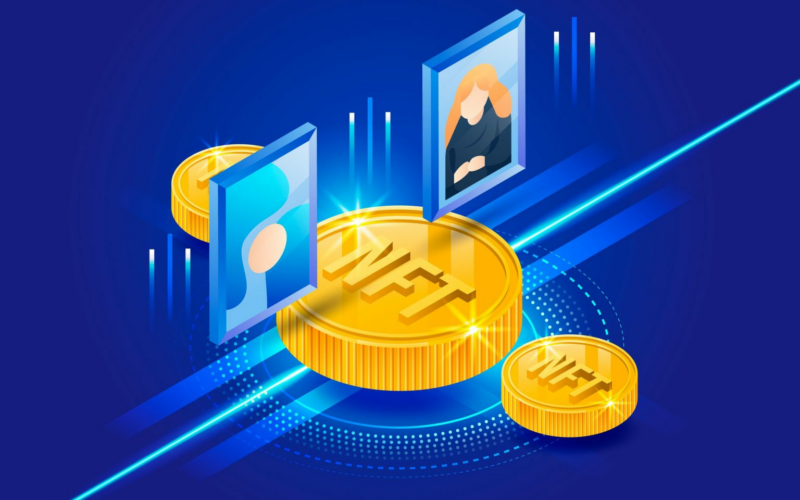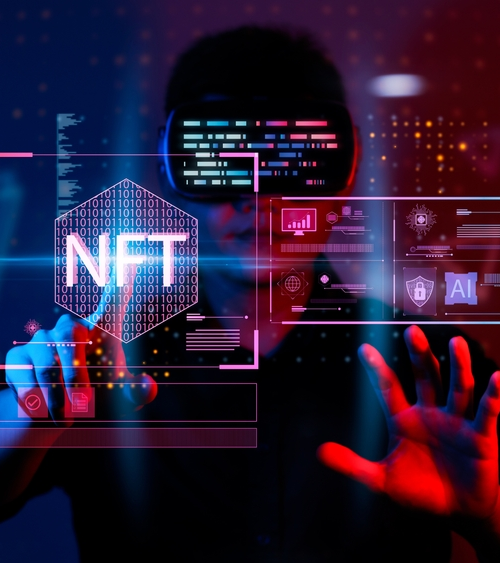Troy Warren for CNT #NFT
With NFTs becoming a growing commodity, royalties are the answer to growing your revenue in this future-facing market.
We all know of the trope of the starving artist, often unable to make ends meet through their work. Indeed, being an artist has almost never been viewed as the kind of career choice that could lead to financial stability. More insidiously, this trope also perpetuates the idea that artists are supposed to suffer for their art, and that the primary goal of the artist should be of pure expression rather than any kind of financial gain.
The market is booming
NFTs now make up a billion-dollar market, with nonfungible.com reporting USD 2 billion spent on NFTs in just the first quarter of 2021, a massive 2,100% increase compared to the last quarter of 2020. Many NFT marketplace’s have tens of thousands of creators, so there is no doubt that buyers and sellers alike are looking to plant and invest in the fertile soil that is the NFT market.
But what exactly does it mean for you as someone who wants a stake in the roar and tumble of it all?
First of all, the perks are abound. If you’re a creative, say an artist or musician, NFTs bypass traditional markets and establishments like a gallery, music label, or streaming service and put the money straight into your pocket. This is a major draw when you think about how galleries and music labels take a significant cut from artist and record sales, and many streaming services pay less than $0.1 per stream – that’s about 250 streams just to earn a dollar! NFTs create a direct line between the creator (you) and those who end up buying your work. For them, the draw lies in reclaiming the concept of value. Because NFTs are non-fungible, meaning they are non-exchangeable, rarity is its key market value. Think of it akin to owning gold bars, rare trading cards, or in your case, a rare painting or vinyl for which can be resold at a higher value.
The benefit of NFT royalties
In 1958, American graphic artist Robert Rauschenberg sold his piece titled Thaw for $900. 15 years later, the piece was sold by art collector Robert Scull for $85. This resulted in the infamous confrontation between the artist and the collector in which Rauschenberg shoved Scull in full view of the press and public. Similarly, Triple Elvis, an original artwork by celebrated American pop artist Andy Warhol, sold for a record price of $81.9 million in 2014. This was the largest sale that the New York auction house had ever seen, but Andy Warhol’s estate did not receive a single dollar from the sale.
This is a common problem faced by visual artists. Oftentimes, the primary financial benefit they receive is from the original sale of the art. Collectors, resellers, and galleries stand to benefit much more financially, by taking advantage of the artwork’s value appreciation over time.
NFTs, therefore, provides a novel opportunity to fix the inequities that artists face in the traditional marketplace by securing resale royalties and putting more power in the hands of creators.
For NFT marketplaces like Mintified, royalties are embedded into the smart contract of the blockchain that it was built on. The transparent nature of blockchain technologies such as Ethereum also means that when your NFT creation gets resold, you will know exactly where it is, who you’ve sold it to, and for how much. What’s more, it’s instant. You won’t have to look at dates of purchase, pull up receipts or invoices to track down these resales in order to get paid ever again.

Better Still . . .
Not only can you embed your own royalty within your NFT and the smart contract on Mintified, but multiple royalties can be embedded if you need to reward artists and co-creators.
Mushrooming value of resales
Take American rock band Kings of Leon, for example. They were the first musicians to release their latest album “When You See Yourself,” as an NFT. People who bought the NFT during the two weeks that it was on sale gained access to a token for which then they could download the record, exclusive moving artwork, as well as own a physical vinyl of the album. After which, none of it was produced anymore. As existing tokens cannot be reproduced, this effectively drives the value of the album up as it creates movement space for the NFTs to be resold as rare collectibles in the secondary market to the next buyer, for whatever price they’d like to pay for it.
But it doesn’t end there. Each time any of Kings of Leon’s NFTs get resold, the band earns a percentage of the price of its secondary sale, essentially getting paid royalties for each resale. Royalties are not just a common way for musicians to generate that little bit more revenue each time a song gets replayed on the radio or television, in a film, and so on. It also serves to protect the rights of any artistic creator.
How does it work?
Royalties from NFTs are built directly into smart contracts – a self-executing program that is stored on a blockchain. Smart contracts are written as code, and execute automatically when certain conditions are met. This ensures that every time there is a transfer of ownership, the artist will automatically get their cut. This ensures that you, the artist, have full control. All you have to do is set a “creator share” when you mint your work stating the percentage you want to receive for all future sales. Singapore’s highest NFT seller, who goes by his artist name of “The Next Most Famous Artist”, revealed that a bulk of what he earns as come from direct sales and royalties of 10% of the transaction price, totaling 6.4 Ether (approximately USD 22,000) in April.
This technology is revolutionary in a world where over 100 countries, including major art markets such as the USA and China, do not recognize artist resale rights. Even for those who already enjoy resale rights, NFTs provide opportunities to streamline the process of revenue distribution.
Benefits of Smart Contracts

How can artists leverage royalties?
In order to earn royalties from smart contracts, artists must first turn their artwork into an NFT through a process called minting.
Minting artworks have traditionally come with exorbitant gas fees – fees payable by the user for the computing energy required for processing and validating transactions on the blockchain. In recent years, however, many new NFT marketplace platforms have emerged that have made this technology much more accessible to the public.
Marketplace platforms such as Mintified allow users to easily upload and sell their works without any upfront gas fees. On the Mintified platform, artists are able to construct their own smart contracts and establish the rate of royalties they expect from resales (including multiple royalties). However, if royalty rates are set too high, it may negatively affect the resale value of the artwork. While users on the Mintified platform can set any rate they like, most users opt for 5 – 15%.
Gone are the days of the poor artist narrative, who in their early days sold a piece of art at a low price to make ends meet only to get nothing in return when its new owner sold it at a multiplied price in their later career. With NFTs, you as an artist are no longer bound to the cruel irony of capturing small value for your creative labor and can do away with middleman transactions, turning your art into true investments with recurring revenue, just as your success grows as well.
Mintified is a Non-fungible token (NFT) marketplace that offers creator shares when you mint on our platform. Turn your artworks into valuable NFTs at Mintified.Com.



































